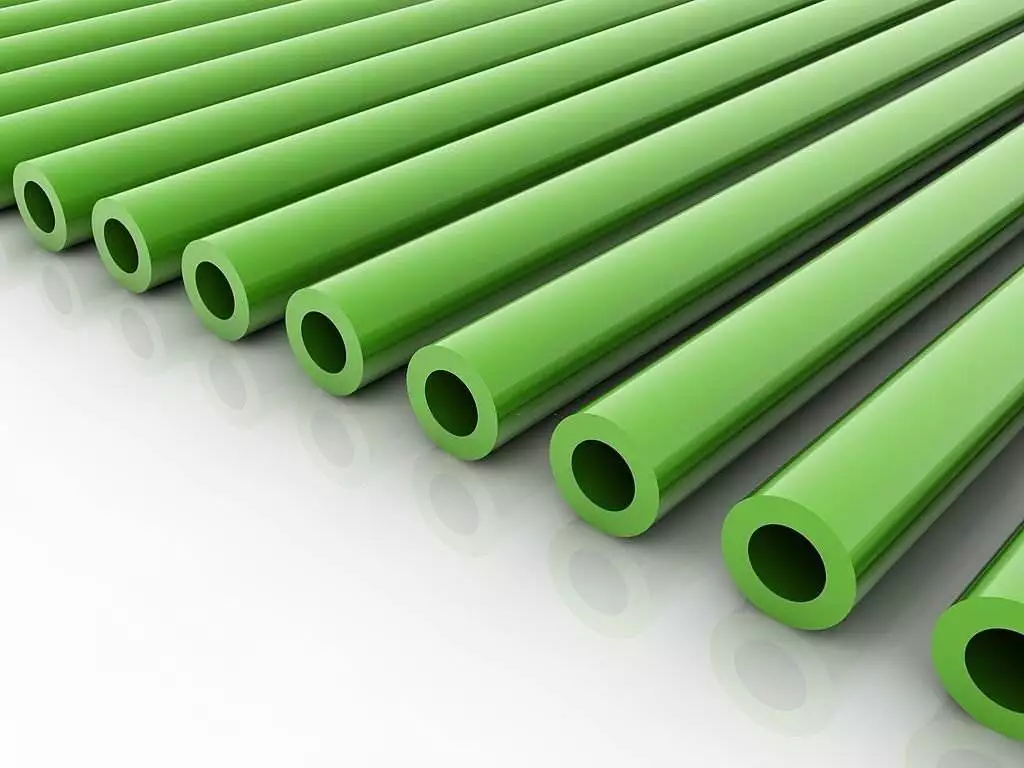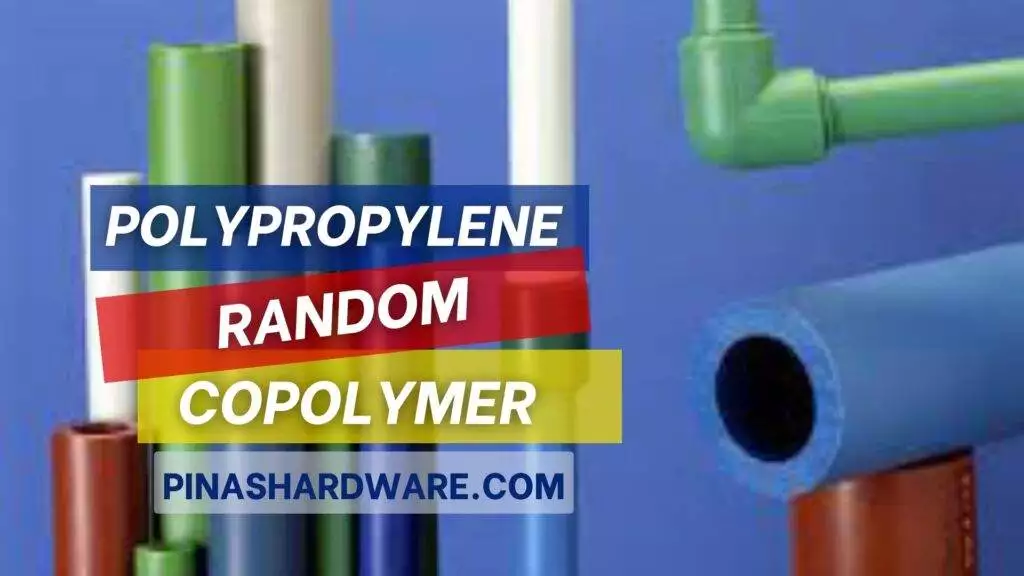PPR or Polypropylene Random Copolymer, is a type of plastic material that exhibits excellent properties for plumbing systems which makes it a popular choice for both residential and commercial installations. It is a versatile and durable plastic material that is perfect for applications such as potable water distribution, hot water supply, chemical transport, HVAC systems, and irrigation systems.
PPR Prices
PPR prices can vary depending on their brands and sizes. On average they can cost around ₱392.00 to ₱3,520.00.
| Brand | Size | Price |
| Rehau | 20mm | ₱392.00 |
| Rehau | 25mm | ₱560.00 |
| Rehau | 32mm | ₱936.00 |
| Rehau | 40mm | ₱1,552.00 |
| Rehau | 50mm | ₱2,240.00 |
| Rehau | 63mm | ₱3,520.00 |

Advantages of PPR
High Temperature Resistance – PPR pipes can withstand high temperatures which makes them suitable for both hot and cold water distribution systems, such as hot water supply lines and underfloor heating systems.
Corrosion Resistance – Due to the PPR pipe’s high resistance to corrosion from acidic or alkaline substances, it ensures long-term durability and reliability in environments that house these substances.
Low Thermal Conductivity – PPR has a low thermal conductivity that can help maintain water temperature within the pipes which helps reduce energy loss and ensures an efficient performance.
Lightweight and Easy to Install – PPR pipes can be quickly installed without the need for heavy equipment or specialized tools because they are lightweight and easy to handle.
Chemical Resistance – PPR pipes are resistant to a wide range of chemicals such as acids, and alkaline solutions which is why they are the perfect materials for transporting various fluids in industrial applications.
Long Service Life – PPR pipes have a long service life expectancy that typically exceeds 50 years if they are maintained correctly, reducing the need for frequent replacements.
Disadvantages of PPR
Higher Initial Cost – PPR pipes have a higher initial cost compared to traditional piping materials such as PVC or copper, however, the long-term benefits and durability of PPR can offset its higher upfront costs.
Limited Flexibility – PPR pipes are less flexible than some other piping materials and will sometimes require additional fittings and joints just to navigate around obstacles or corners in plumbing systems.
UV Sensitivity – UV radiations can cause the degradation of PPR pipes over time, however, you can apply coatings or protective covers to mitigate this issue, especially if the pipes are installed outdoors.
Video of PPR
FAQs
What is the meaning of PPR?
PPR, or Polypropylene Random Copolymer, is a variety of pipe made from a plastic material mostly found in both plumbing and piping systems.
Which is better PPR or PVC?
PPRs are good for applications requiring high-temperature resistance, durability, and long-term performance, while PVCs are more suitable for cost-effective projects.
What is PPR pipe used for?
PPR pipes are commonly used in plumbing systems for various applications, including heating systems, portable power supplies, and chemical, industrial, irrigation, and agricultural applications.
Are PPRs durable?
Yes, PPR pipes are very durable.
Are PPRs cheaper than PVC?
The cost of PPR pipes is higher than that of pipes, but the actual cost difference can vary depending on several factors

